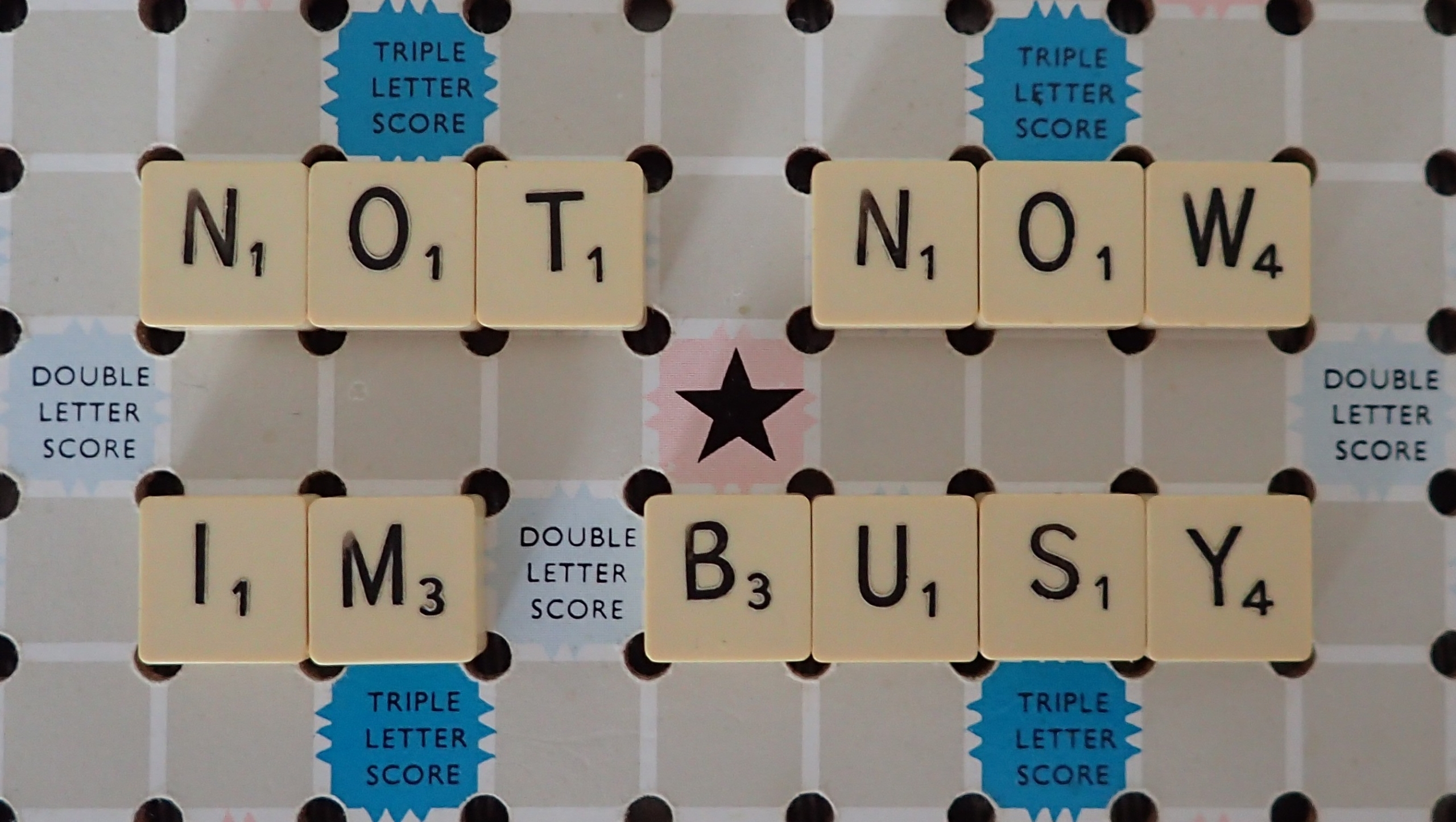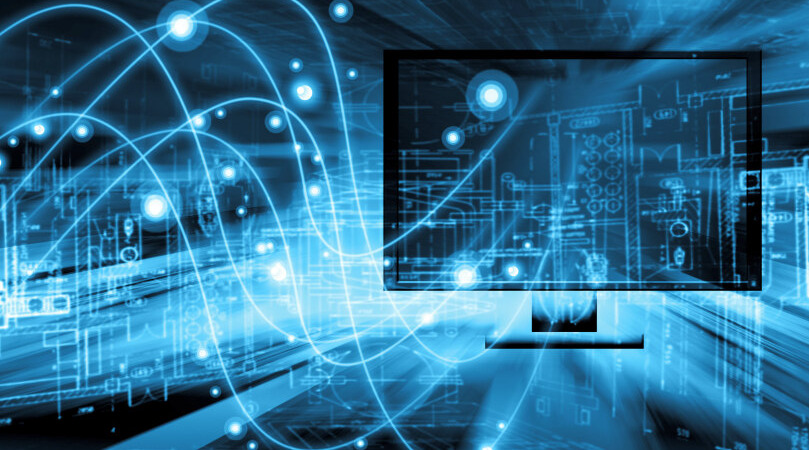Ever wondered why you bother? The value of data access statements
05/07/2016

Sometimes it might feel as if new requirements from funders or publishers are just irritating extra demands on your time. Should you really bother? For example, RCUK now expect all published papers to include not only a funder acknowledgement, but also a data access statement: a sentence or two explaining to the reader how they can access the data underpinning the article, ideally linking to an online record explaining what data exists and how to access it. EPSRC have been compliance checking for just over a year and whilst we’re all trying to remember to add the statements, it’s clear that it’s an easily forgettable extra task to fit in to the publication process. So it’s nice to be reminded why we bother. Funding councils don’t introduce such requirements to annoy us, they do it to improve the research process. This is why data access statements help us…
Old process: no data access statements linking directly to underlying data
Recently our Research Data service has received two requests to access the data underlying articles published by University authors. This is perfectly reasonable as readers have the right to request it, given that both articles had EPSRC funding and therefore the underlying data should be freely accessible (except where commercial/legal/ethical restrictions justify withholding the data).
On receiving each enquiry, we had to access the article and determine the relevant researcher(s) to contact. Fortunately in both cases, at least one author was still working at Cranfield – otherwise we would really have struggled to comply with the request. Then we had to contact the researcher(s) and request that they provide the data in a usable form. Where data hasn’t been prepared for sharing, this can involve a little work around tidying it up or explaining abbreviations/colour-coding. The data was then sent back to the requesters, hopefully still in time for them to use it in their research; indeed, hopefully those researchers will cite the paper to ensure our staff still get credit for their work, which is evidently valuable enough for further use.
New process: articles contain a statement pointing readers to the data
Now, when Cranfield researchers finish a project, a record can be created on CORD explaining what data was generated; the data file(s) can be attached for public access or with a restriction (eg embargoed). That record has a DOI (a permanent web link), which can be obtained before publishing the record, so the journal article can contain a data statement saying “The underlying data can be accessed at [DOI]”. This is a simple line to add and exactly what EPSRC will want to see when they check (and it’s always wise to be on their ‘good’ list if you plan on bidding in future funding calls).
When a researcher reads the article and feels they can reuse the data for further analysis, they can use the DOI to access the record, download the data and a citation for it, continue with their research and cite our research output (article and/or dataset). There is no to-and-fro between reader and University, and there are no time demands on the Cranfield researcher (or Research Data support staff) in terms of finding earlier work to forward on – but the researcher should still receive an extra citation.
Hopefully this has explained the value of the new requirement! If you’ve not used CORD before, email researchdata@cranfield.ac.uk to set up a one-to-one to cover the basics – it’s a really user-friendly system so the meeting will be brief and then you can spend a short amount of time popping data on CORD to link to from any publications, in order to save yourself lots of time down the line, and hopefully increase your citations and visibility, too.
Image credit: Georgina Parsons, CC0
Categories & Tags:
Leave a comment on this post:
You might also like…
My Apprenticeship Journey – Broadening Horizons
Laura, Senior Systems Engineer at a leading aircraft manufacturing company, joined Cranfield on the Systems Engineering Master’s Apprenticeship after initially considering taking a year off from her role to complete an MSc. Apprenticeship over MSc? ...
The Library app is back!
The Library app is back! It's exactly the same as before (although it will get a fresh look in a few months) and if you hadn't removed it from an existing device it should just ...
PhD researcher at the IF Oxford Science and Ideas Festival
IF Oxford is a science and ideas Festival packed with inspiring, entertaining and immersive events for people all ages. PhD researcher, Zahra attended the festival. Here she shares what motivated her to get involved. ...
What leadership skills are required to meet the demands of digitalisation?
Digital ecosystems are shifting the dynamics of the world as we know it. With digitalisation being a norm in the software industry, there is currently a rapid rise in its translation ...
My PhD experience within the Centre for Air Transport at Cranfield University
Mengyuan began her PhD in the Centre for Air Transport in October 2022. She recently shared what she is working on and how she has found studying at Cranfield University so ...
In the tyre tracks of the Edwardian geologists
In April 1905 a group of amateur geologists loaded their cumbersome bicycles on to a north-bound train at a London rail station and set off for Bedfordshire on a field excursion. In March 2024 a ...






